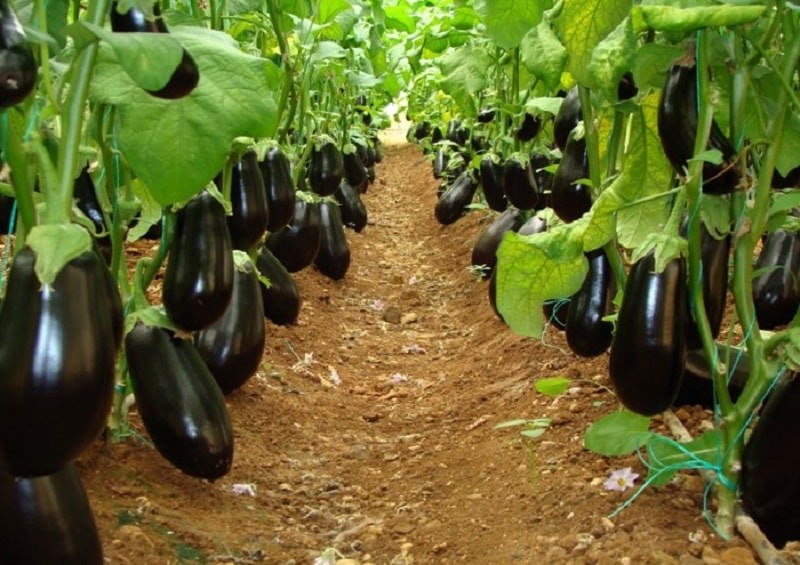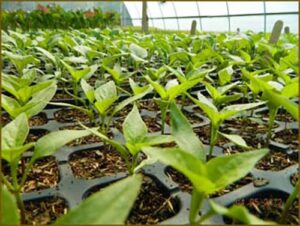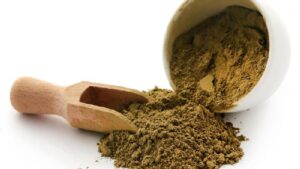Aubergine is an edible plant from the eggplant family. This plant grows in all tropical and subtropical regions.
Aubergine is a delicate perennial plant that is native to tropical regions and is often cultivated as a sensitive and semi-resistant annual plant in moderate climates. The stem is often thorny. The flower of the aubergine is white to purple in color with five petals and yellow stamens.
The fruit is egg-shaped, glossy, and purple with white fleshy pulp and a meaty texture. When cut, the cut surface quickly turns brown.
Cultivation:
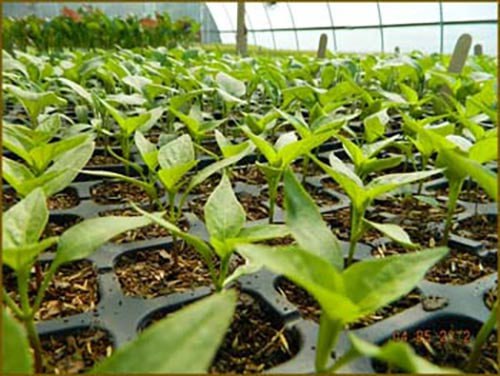
The plant grows to a height of 40 to 150 centimeters and has large, rough, and serrated leaves that are 10 to 20 centimeters long and 5 to 10 centimeters wide. Semi-wild aubergines can grow up to 225 centimeters with leaf lengths reaching over 30 centimeters and widths up to 15 centimeters. In wild plants, the aubergine has a diameter of less than 3 centimeters, but in cultivated varieties, the fruit can be much larger, reaching up to 30 centimeters or more in length.
Benefits:
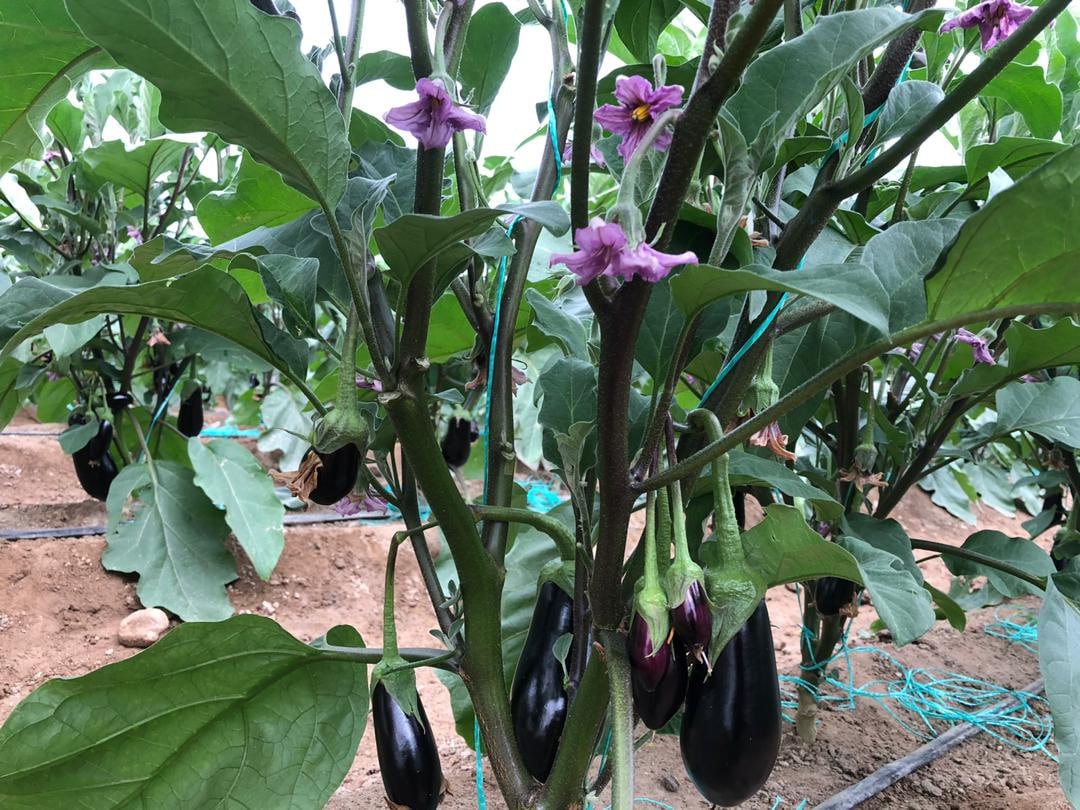
Aubergine is rich in fiber, which can significantly improve digestive system performance. Additionally, the fiber in aubergine is beneficial for alleviating stomach pain and aiding easier digestion. Recent research has shown that aubergine contains powerful antioxidants that are beneficial for liver detoxification and support. Moreover, aubergine can help in treating common liver diseases such as fatty liver.
Other benefits of aubergine include cleansing facial skin, weight loss and slimming, treating anemia, treating dandruff, treating constipation, and rejuvenating facial skin.
Harvesting:
